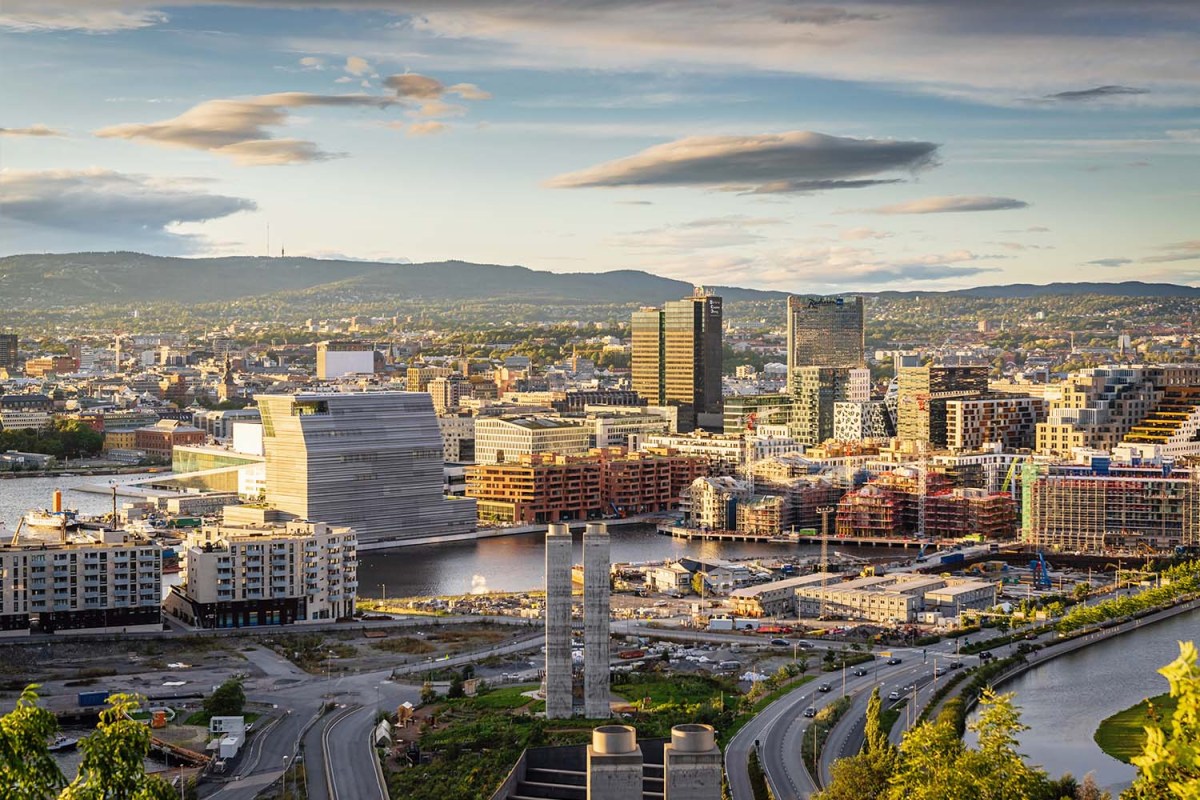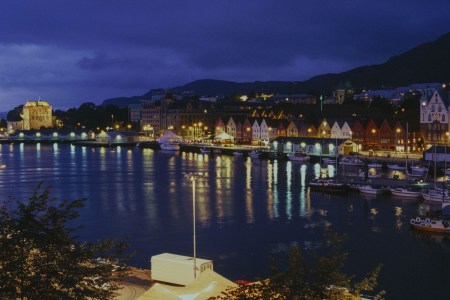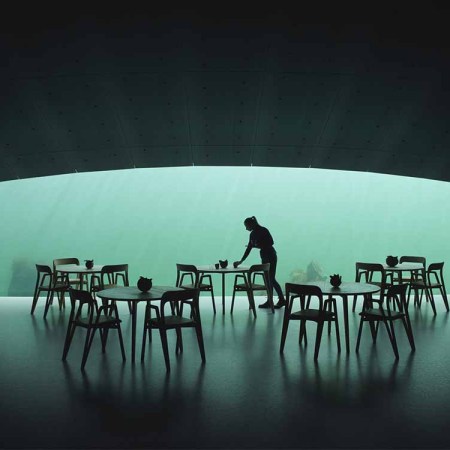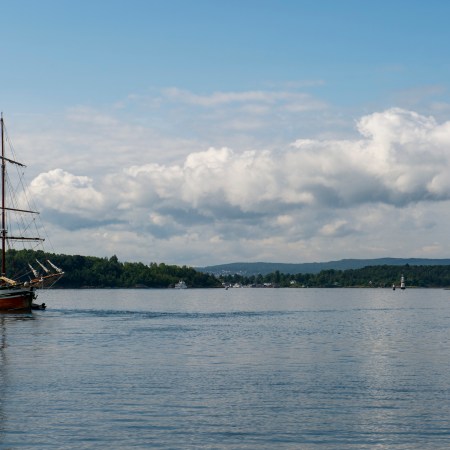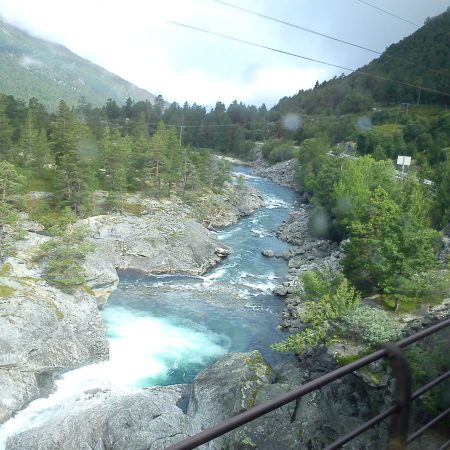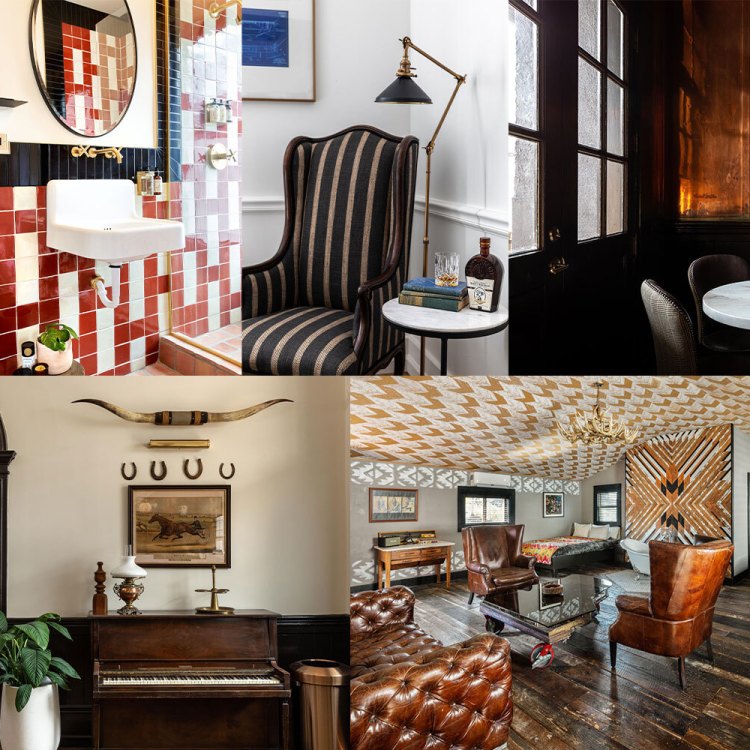Oslo is a contemporary city that has a fierce pride in its historical roots. It’s one of the world’s most sustainable-minded hubs, the funding of which comes almost entirely from oil. The city’s culinary scene draws from its local abundance and regional, modernist dining movements, but also its current multicultural identity. A metro area population of about 1.5 million residents sizes it somewhere between Raleigh and Providence, as frame of reference, yet it has a world-class cultural and arts scene. As with much of the world’s metropolises, Oslo is a city of contrasts.
“It’s so livable here,” says Arlene Lindbichler, an Oslo tour guide, referring to not just the city but all of Norway as well. “We have nice air, it’s peaceful, it’s safe, it’s a beautiful country to live in.”
When something does go wrong, though — say a catastrophic global pandemic — Norway is able to provide a pretty cushy landing. The average citizen may not earn a massive salary, but the nation’s wealth looms large. “We know the money is in the bank,” Lindbichler says. It takes the form of social services, healthcare and emergency interventions during trying times, while the country funnels its money into its cutting-edge sustainability investments. Norway has the most electric cars per capita in the world and aims to stop selling gas cars by 2025.
Any city is more than a collection of its talking points, though. See, taste, touch, explore and try it all for yourself with this perfect weekend itinerary.
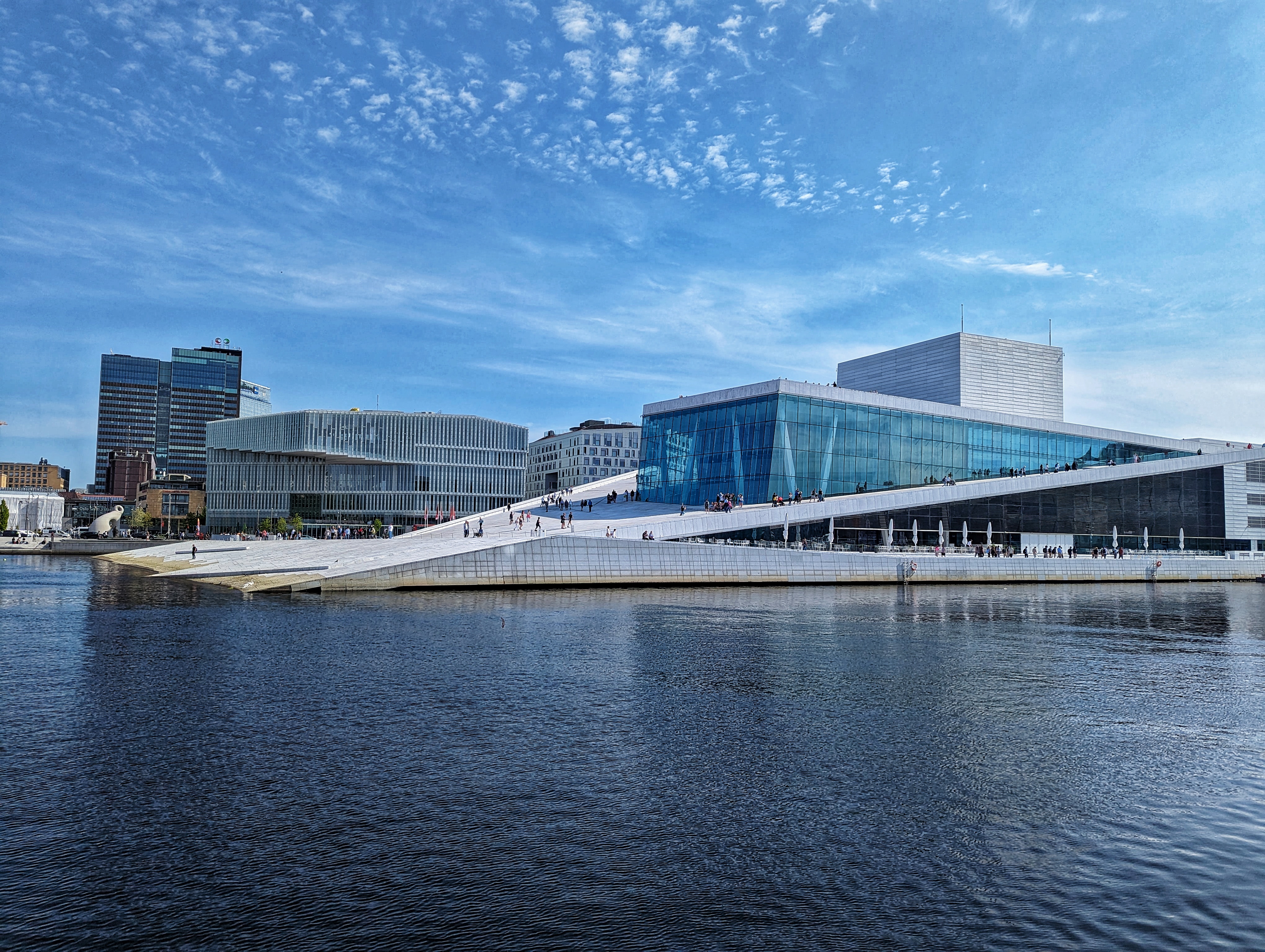
How to Get to Oslo
Oslo is well-connected to the major American and European airport hubs. Upon arrival at Oslo Gardermoen Airport, a drive into town takes about 40 minutes. The Airport Express train offers easy access to the city as well.
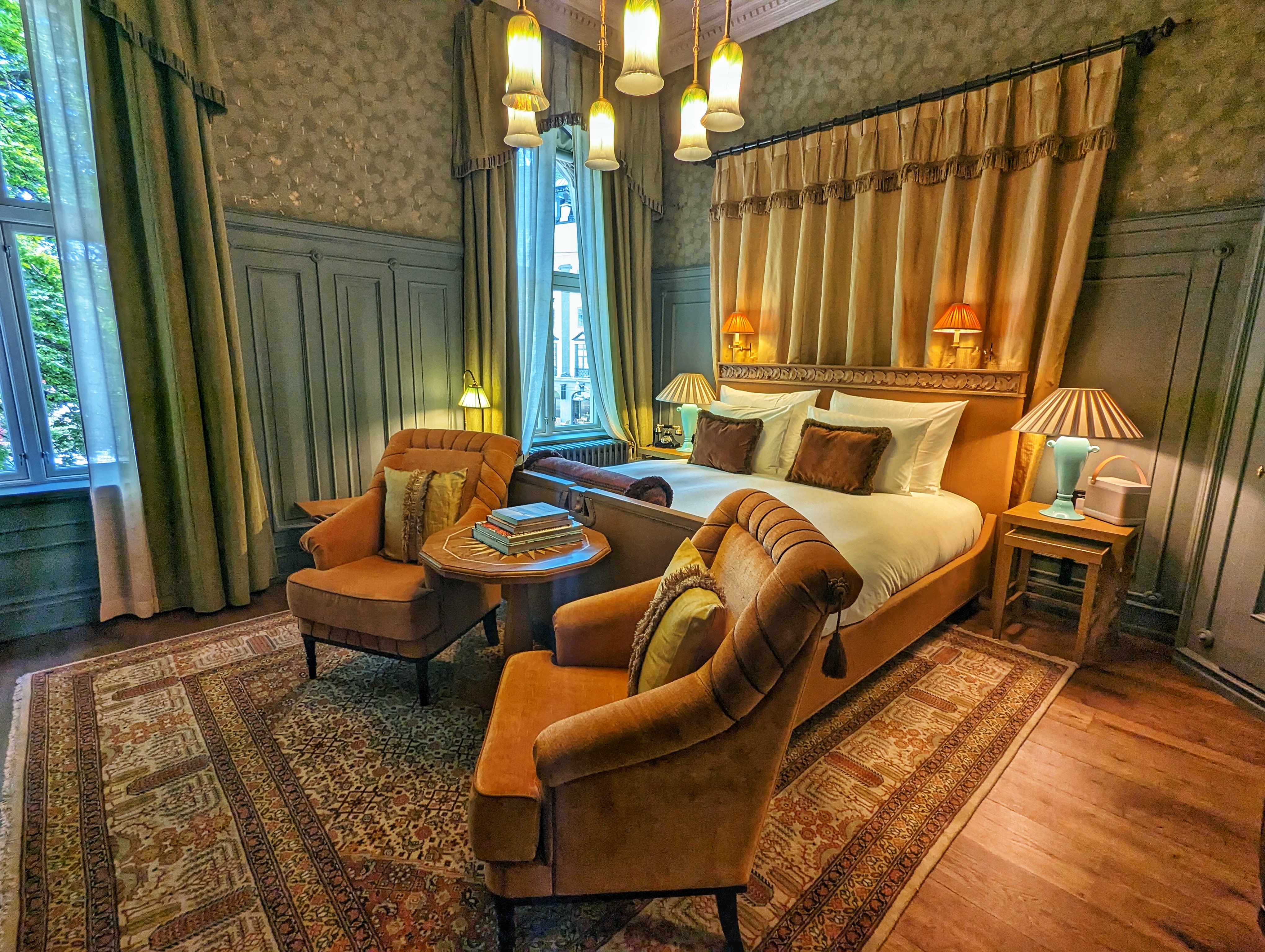
Where to Stay in Oslo
Sommerro opened in September 2022 in a painstakingly restored 1930s landmark building, once the headquarters of Oslo’s main electric company. The Nordic Choice Hotels team — the brand group has just been redubbed Strawberry — was under strict marching orders to preserve the structure while striving to create a modern, luxurious hotel.
“In Norway, when something was old, they would tear it down and not preserve it,” Lindbichler says. That makes a project such as Sommerro, with historical preservation and period architecture and style, all the more special. “Everything else they tear down to make new, modern buildings.”
The end result, which took five years, splices original Art Deco features such as flooring, lighting fixtures, automatic doors and winding hallways with modern creature comforts across its 231 rooms. A grand central spiral staircase and an enormous original mural in the hotel’s Ekspedisjonshallen — or Expedition Hall, its main restaurant, bar and social hub — are among the highlights.
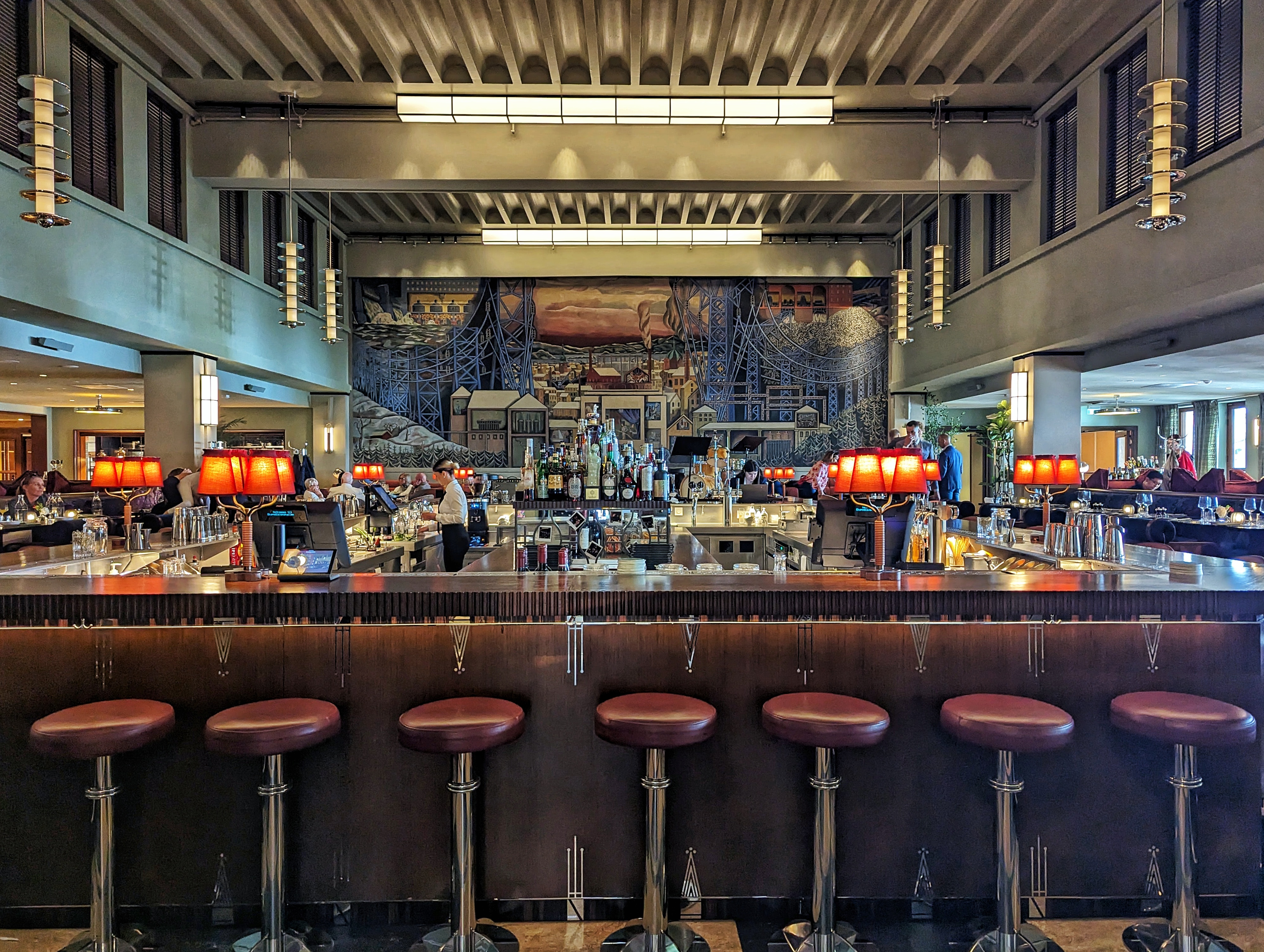
Even newer is the attached Villa Inkognito. Debuting in April 2023, the 11-room villa is a former private residence built in 1870 that, as of 1980, served a stint as the Algerian Embassy. A short walking bridge connects the properties, with Villa guests having full access to Sommerro’s amenities, while the Villa is otherwise accessed from a discrete street entrance.
Villa Inkognito rooms can be booked separately, or buyouts of the entire space are also available. Key features include dedicated butler service from a 24/7 crack hospitality crew led by the graceful Lady of the House, Deborah Wigardt, an endless barrage of snacks and drinks served throughout the day, and a lavish breakfast served in a magazine spread-worthy kitchen. The property is designed to encourage festive congregations throughout its many shared spaces, including ornate living rooms and sitting rooms, and a private bar space and courtyard.
Norway Is Now Home to a Sprawling Tunnel Designed for Cycling
Though you can also walk or run there, if that’s more your speed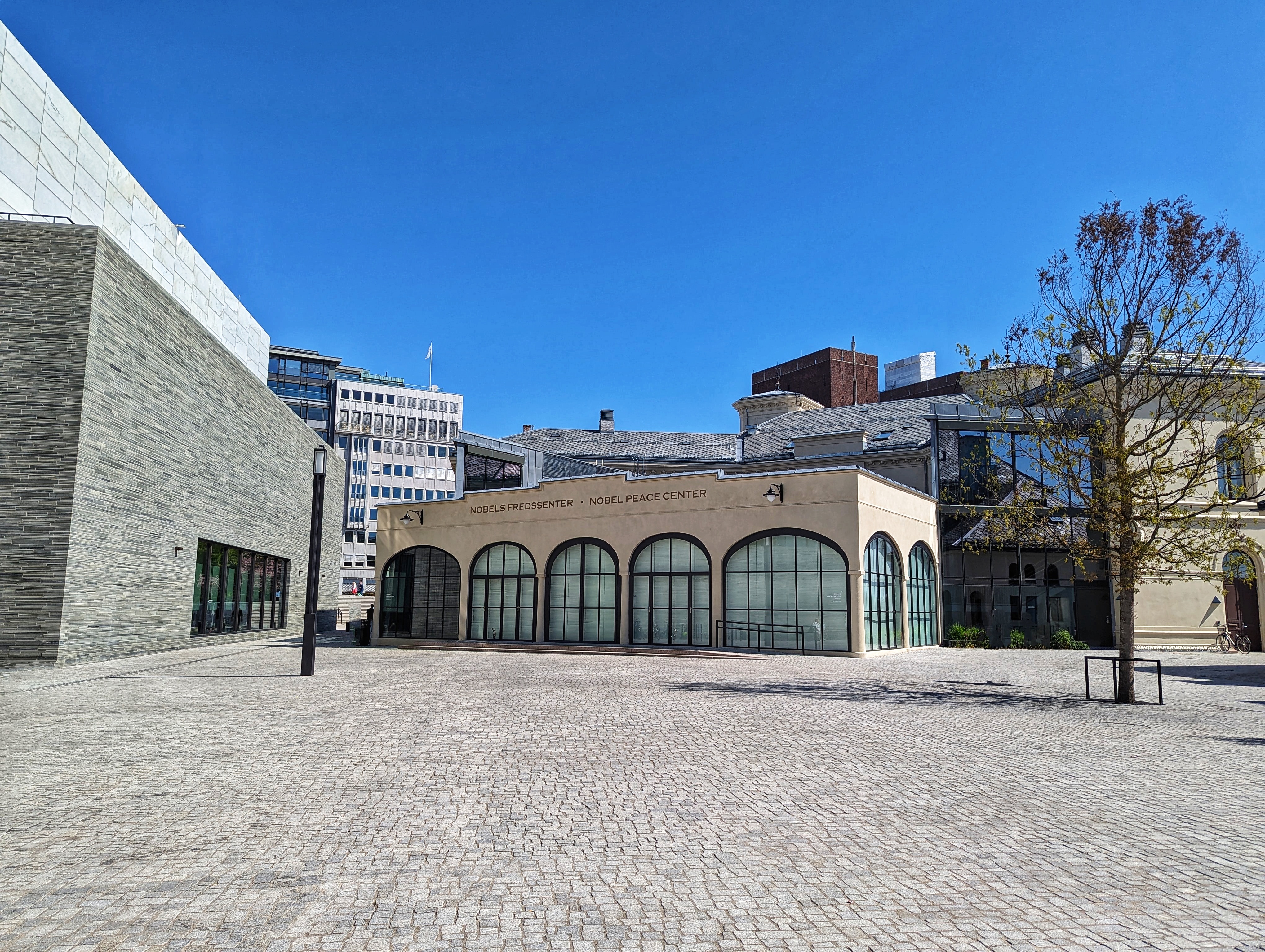
What to Do
“Oslo is a fjord city, it stretches down along the Oslofjord,” Lindbichler says. It’s also a hotbed for Scandinavian sauna culture. And the best way to combine those two is an excursion with Kok, a floating sauna operator. The spa barges take guests onto the water for some sightseeing while allowing them to indulge in the Scandi rite of passage that is the hot-cold sauna session.
The piloted boats can accommodate up to 10 guests at a time, and head out for multi-hour trips several times per day. The log-fired, wood-paneled sauna cabin blasts practitioners with temperatures up to 100° Celsius — that’s boiling, folks — and the heat is kicked up to the maximum, if and when your boat captain decides you’re ready for the full Norwegian ritual.
“It hurts, but I do it because I love you,” said Daniel K., our steward for the outing. He steamed the sauna up and doused its coals with essential oils, instructing on us how to sit and breathe so we could make it through the ordeal, before unleashing us from our sweaty captivity to go jump off the boat into the frigid, but now life-giving, refreshing and purifying waters of the inner Oslofjord.
Oslo has plenty more to offer in that department. Visit Vestkantbadet, a former public bath from 1932 that has been restored as a 15,000 square foot wellness center. The basement retreat offers a full spectrum of sauna and spa treatment areas, including a heated, mosaic-tiled indoor pool and Roman bath, cold plunge pool, and infrared sauna, along with a commercial gym-quality fitness center, and a rooftop pool and sauna as well.
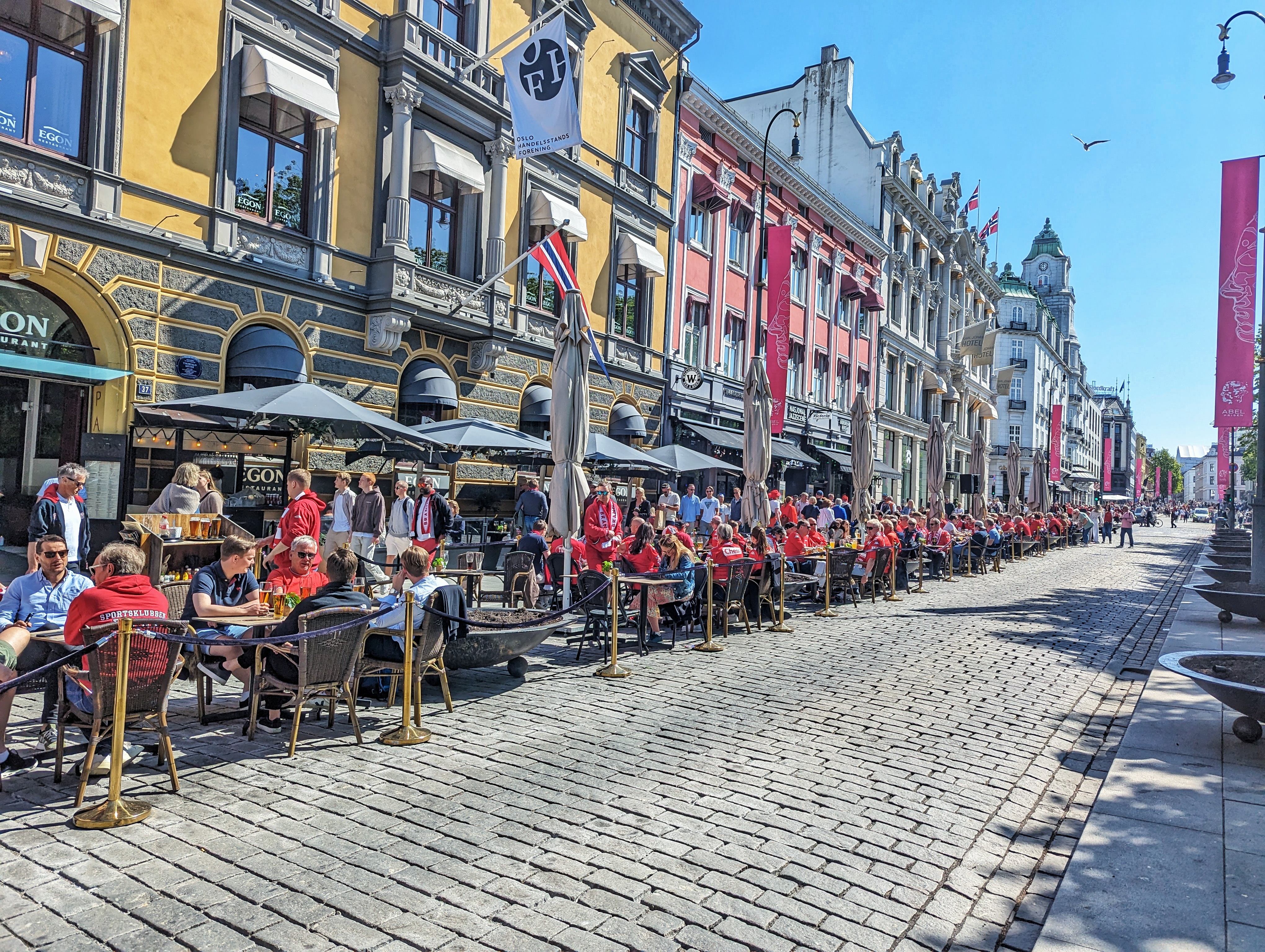
The city is famed for its many museums and an overall artistic leaning. The new National Museum opened in June 2022, with a prized collection including a lineup of original Edward Munch paintings, The Scream as well as a Madonna, and Norway’s national painting by Harald Sohlberg.
Vigeland Park is a beloved garden containing 212 bronze and granite pieces from the renowned Norwegian sculptor, Gustav Vigeland, most of which are nudes contorted into all manners of shapes and poses, culminating in a large granite monolith at its center. It’s a part of the more encompassing Frogner Park, a beloved green space and gathering hub in the city. If you’re not tapped out yet, consider the Kistefos Museum and Sculpture Park. Located a scenic hour-long drive outside of Oslo, Kistefos has multiple art galleries, a collection of 51 contemporary sculptures across its grounds, and numerous other installations and features, including The Twist, a bridge and art gallery that itself is an enormous piece of art.
You’re not done yet. Be sure to stroll down Karl Johans Gate, the city center’s chief boulevard, with stops at the Oslo Cathedral and the elegant Royal Palace. The Oslo Opera House is a striking piece of waterfront architecture, whose asymmetric, slanted roof of Italian white marble serves as a pedestrian walkway and hangout. The Nobel Peace Center, Akershus Fortress, City Hall, Munch Museum and Public Library, are among the remaining major sites.
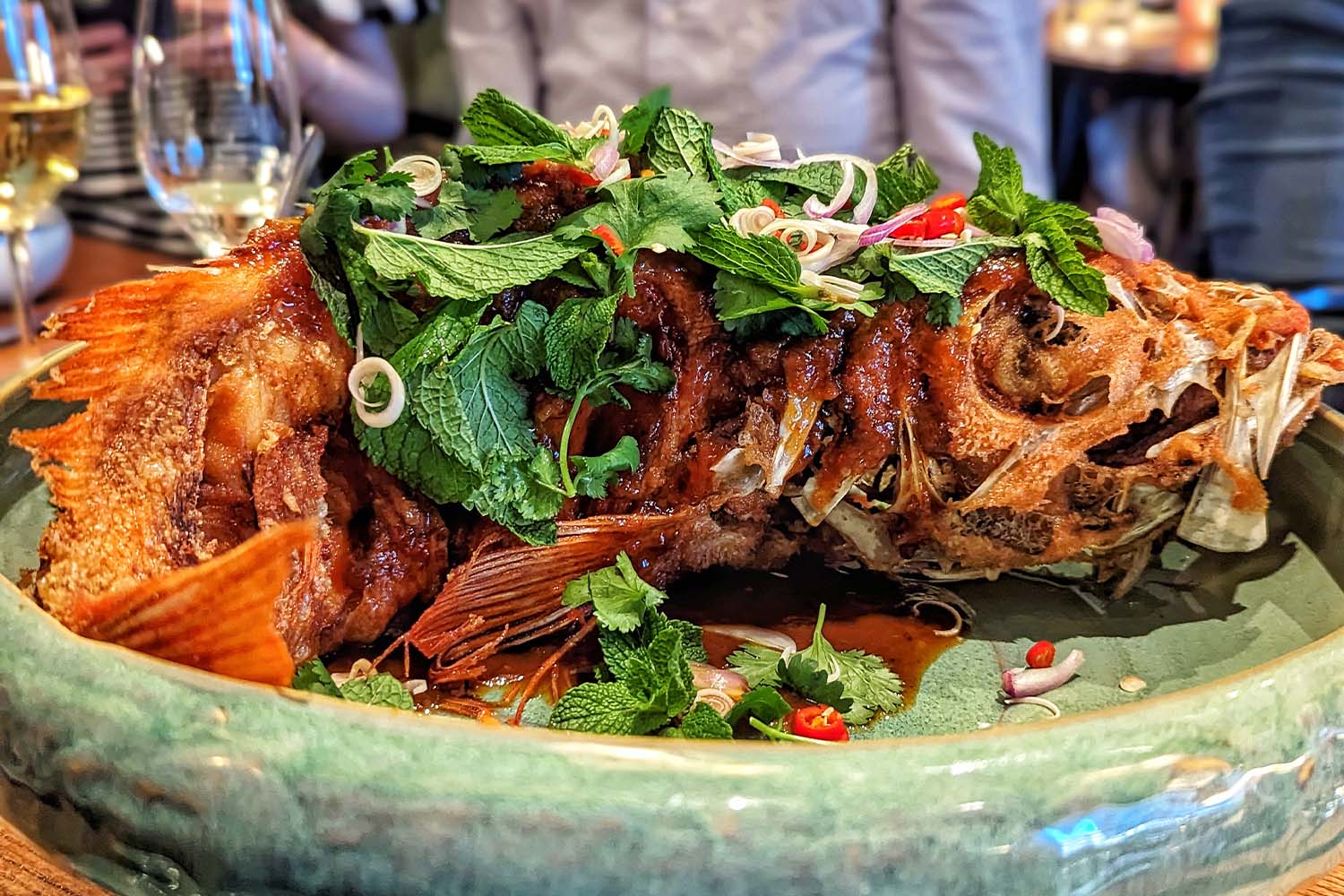
Where to Eat and Drink in Oslo
The city’s most highly touted drinks destination is Himkok, one part craft distillery producing aquavit, gin and vodka, and one part craft cocktail bar. Both sides of the operation are dedicated to showcasing Norwegian ingredients, flavors and themes. Opened in 2015, the name means moonshine, or “home brew.” The bartenders there will be eager to recommend some of their other favorite destinations, such as Svanen, The Conservatory, and Posthallen, an imbibing food hall — and “Drinkhub” — with eight drinks concepts amid a shared space. Andre Til Hoyre, a cocktail and wine bar, promises a funky, fun-filled adventure. As far as actual food halls go, add Vippa and Mathallen to your list.
Another cocktail bar making waves is Pier 42, located in the lobby of the Amerikalinjen, also a historic building transformed into a trendy hotel. The bar program is managed by Adrián Michalčík, the 2022 Diageo World Class Global Bartender of the Year. The latest menu iteration is dubbed the Liquid Gallery of Art, with period paintings, films and other artistic endeavors from Norway and New York reimagined as innovative libations with fanciful presentations.
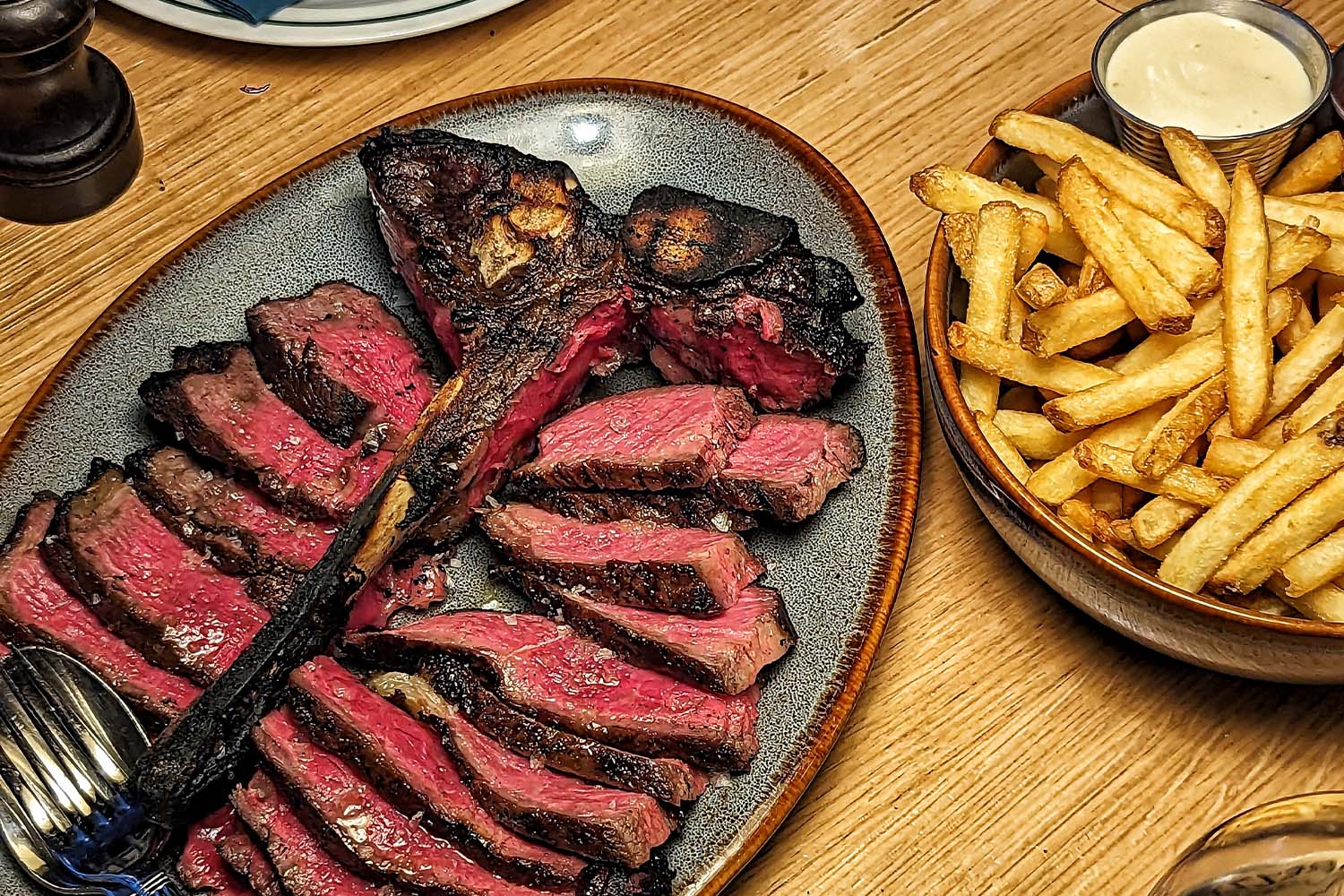
Because interesting art always seems to be at the forefront in Oslo, the main ground-floor cafe of the National Museum is worth a stop amid a day of touring as well. A lineup of almost two dozen snitter, or open-faced sandwiches in the proud tradition of Scandinavian smørrebrød, make for an ideal lunch.
Atlas Brasserie serves a combination of American classics with Norwegian refinements. Elaborate entrees with tableside service are the highlight, such as fettuccine alfredo prepared in a parmesan wheel, whole baked turbot and porterhouse steak.
At Sommerro, the rooftop Tak Oslo, an outpost of a popular Stockholm restaurant from chef Frida Ronge, is a showy space with incredible city views, bringing in a bustling locals crowd on the weekends. Sushi and Japanese dishes prepared with Norwegian ingredients and riffs are at the heart of the menu, while drink pairings may range from wine and sake to Japanese whisky. At street level in the same building, chef Terje Ommundsen’s Ahaan capably combines Thai fare with a bounty of Norwegian seafood. Whole fried fish, gigantic pork shanks that are first slow cooked for 13 hours before being crisped up via a flash fry, and flavor-packed, refreshing salads are among the stars.
Oslo’s fine dining scene is flourishing. The restaurant spearheading its movement is Maaemo, winner of three Michelin stars. Hyde, Statholdergaarden and Kontrast are among other starred offerings, while Restaurant Hot Shop and Arakataka are also local gems.
In short, there’s no shortage of choices in the relatively small city of Oslo.
This article was featured in the InsideHook newsletter. Sign up now.
